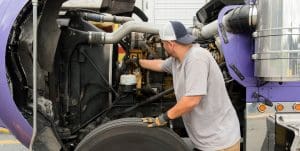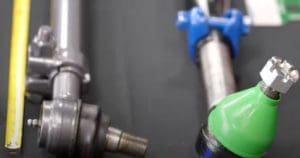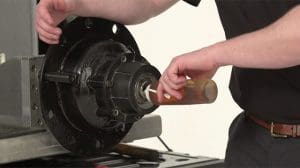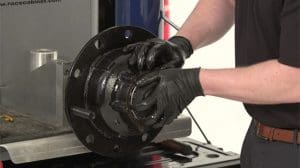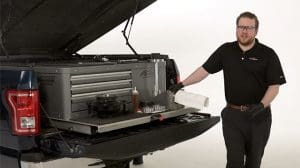Fuel costs are one of the most challenging expenses that fleet managers face. And though fluctuating fuel prices only seem to complicate the issue further, there are a few proactive steps that can be taken to help managers regain some control while increasing their overall fleet performance and profitability. To ease the burden of fuel costs, let’s discuss how smart data, preventative maintenance, and high-quality training better position fleet managers in the months ahead.
Data/telematics
Automated data management systems offer a reliable and accurate way to monitor driving behaviors and vehicle mileage. With detailed and personalized feedback for each driver, fleet managers find that they can more effectively manage the scheduled maintenance for each vehicle. This proves beneficial, because by keeping their fleets running at optimal performance, managers can reduce their fuel use over time, which helps protect their bottom line.
For example, our STEMCO Vehicle Technology (SVT™) products use smart technologies to help make data-driven decisions that simplify maintenance procedures and improve overall fleet safety.
The current lineup of mileage solutions products with SVT give fleet managers a complete picture of their fleet’s fuel mileage and overall efficiency. This allows the ability to track and manage fleet mileage while receiving critical fuel-usage information, an efficient method to reduce vehicle maintenance costs and increase fleet safety.
Properly maintain vehicles
Healthy maintenance practices are essential when it comes to ensuring safety and optimal over-the-road performance for your vehicles. Not only will this help to reduce downtime for your fleet, but staying on top of routine maintenance schedules and recommended inspections is a sure way to improve overall fuel economy, too.
Preventative maintenance measures like changing fluid and lubricant levels regularly, keeping air filters clean, checking tire pressures and tire quality, and ensuring your battery and electrical system connections are healthy can save you a lot of money and stress in the long run, so be sure to plan ahead and you’ll reap the benefits along the way.
Provide training and incentives
Much like the popular phrase, “If you know better, you’ll do better,” it’s common for fleets to provide specific training or incentive programs for drivers on how to reduce fuel costs and operational expenses. Topics can include saving fuel, helpful driving skills, ways to improve driver performance, and overall driving safety.
You can be as creative as you’d like, but all drivers will benefit from training that can properly explain why practices like idling, aggressive driving, improper shifting, and poor route planning can drastically affect your fleet’s overall fuel economy.
Your fleet, your drivers and your payload are what STEMCO is here to protect. Contact a STEMCO sales representative to schedule in-person training for your team.
Additional tips
Planning optimal shipping routes is one of the most practical steps a fleet manager can take to save fuel consumption for their fleets. Whether done manually or through a software platform, a little planning can help to cut down on total miles, unnecessary stops, time idling, and even the number of vehicles needed to complete each trip. This can also remove certain routes or timeframes where higher traffic is expected, thereby reducing fuel usage or time spent delayed in traffic, etc.
Another way that companies develop healthier practices is by setting policies in place that encourage fuel efficiency and conservation. Whether this means establishing minimum fuel-efficiency goals or requiring certain courses in efficiency training, it’s a good way to ensure that everyone is on board and in sync.
Some organizations do this by setting maximum speed limits for drivers, or even capping their freight with load limits, etc. There are numerous ways to go about setting standards that will benefit your fleet and save money in the long run.
Questions? Contact Us



